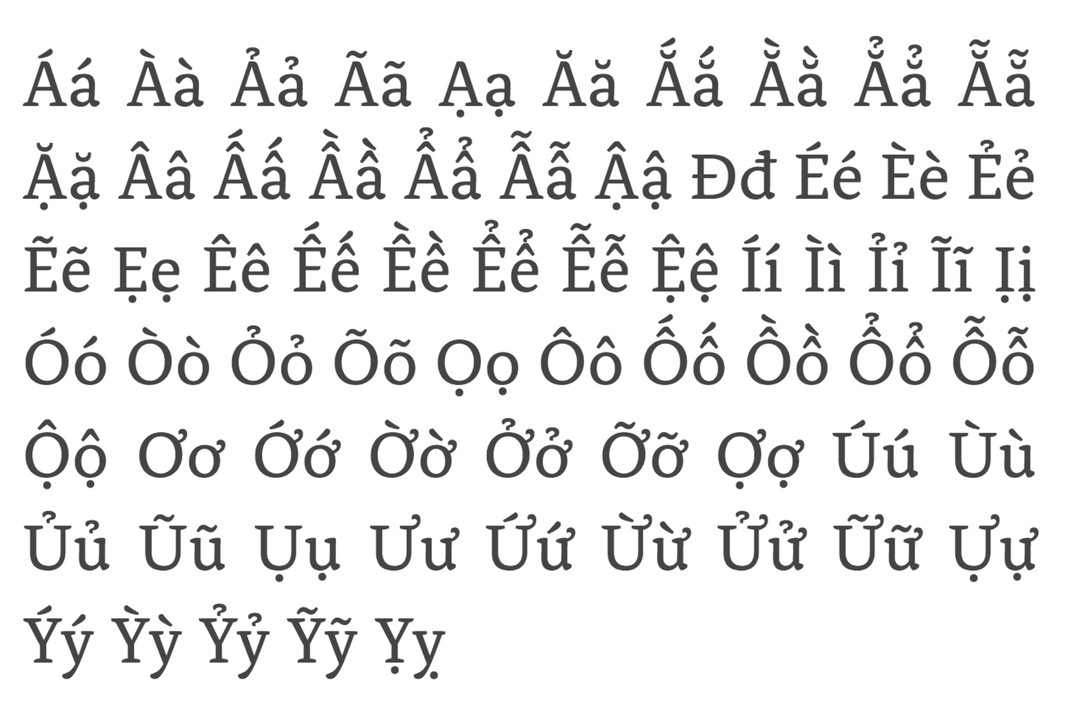Vietnam is a country with a unique and distinctive alphabet, known as the Vietnamese alphabet or Chữ Quốc Ngữ. This writing system is vastly different from other writing systems in the region, such as the Chinese or the Khmer alphabets. So, why does Vietnam have its own unique alphabet? In this article, we'll explore the history and evolution of the Vietnamese alphabet.
Origins of the Vietnamese Alphabet
Before the Vietnamese alphabet, the Vietnamese language was mainly written using Chinese characters, which were difficult to learn and limited literacy to the elite. In the 10th century, Vietnamese scholars created a system called Chữ Nôm, which used Chinese characters to represent Vietnamese words. This system was used until the 17th century, but it was still difficult for the common people to learn and use.
In the early 17th century, a Catholic missionary named Father Alexandre de Rhodes devised a new system of writing Vietnamese that used the Latin alphabet. This system was easier to learn and use than Chữ Nôm and made it possible for the common people to learn to read and write. Father Rhodes' system was quickly adopted and became the basis for the modern Vietnamese alphabet.
Development of the Modern Vietnamese Alphabet
Over time, the Vietnamese alphabet has undergone several modifications and adjustments. One significant change was made in the 20th century when the letters "đ" and "ơ" were added to the alphabet, expanding the number of letters to 29. These changes were made to reflect changes in the Vietnamese language itself, which had evolved and developed over time.
Today, the Vietnamese alphabet is used exclusively for writing the Vietnamese language and is widely used throughout the country. It is also used by Vietnamese communities around the world, as well as by foreigners who are learning Vietnamese.
Why is the Vietnamese Alphabet Distinctive?
The Vietnamese alphabet is distinctive for several reasons. First and foremost, it is one of the few alphabets in Southeast Asia that uses the Latin script. This makes it easy for people who are familiar with the Latin alphabet to learn and use. Second, the Vietnamese alphabet is a phonetic alphabet, which means that each letter corresponds to a specific sound in the Vietnamese language. This makes it easy for people to learn how to read and write Vietnamese.
In addition, the Vietnamese alphabet is also distinctive because it contains a number of diacritical marks, which are used to indicate tones and other phonetic features of the language. This can make the Vietnamese alphabet look more complicated than other alphabets, but it is an essential feature of the language and helps to make it more precise and accurate.
Conclusion
In summary, the Vietnamese alphabet is a unique and distinctive writing system that has evolved over centuries to become the standard for writing Vietnamese. The development of the alphabet has been influenced by various factors, including the need for a system that is easy to learn and use, as well as changes in the Vietnamese language itself. Today, the Vietnamese alphabet is an important part of Vietnamese culture and identity, and it continues to play a vital role in the country's literary and artistic traditions.
References:
"Chữ Quốc Ngữ - Vietnamese Alphabet," Vietnam Online.
"The Development of the Vietnamese Writing System," SEAlang Library.
"The History of the Vietnamese Alphabet," VietnamDiscovery.com.




















